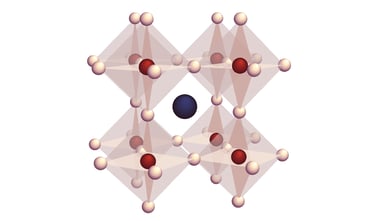In the paper, hyperspectral cathodoluminescence (CL) imaging is used for studying the excitability of localized surface plasmon modes in gold plasmonic trimers. The results are compared to analytical theory and simulations.
The paper focuses on the different bright and dark plasmonic modes in such systems. Bright plasmon modes scatter strongly and typically have a large spectral width. Dark or subradiant plasmonic modes are a class of localized surface plasmon (LSP) resonances, that have longer lifetime and smaller spectral linewidth. CL is a great technique for mapping the spatial distribution of plasmon modes due to its high spatial resolution and broad band excitation. The authors examine the radially symmetric trimers, which are composed of three nanorods with one symmetric radial mode that has no net dipolar character and two degenerate dipole modes with perpendicular polarizations. In order to reveal the spatially resolved excitability of the coupled (or hybridized) LSP modes, hyperspectral CL maps were obtained using the SPARC Spectral CL detection system.
The results show clear signatures of the hybridized plasmon resonances. Furthermore, they show that the structural asymmetry of the trimers has an effect on the LSP mode excitability. The CL maps show that intentional geometrical asymmetries break the degeneracy of the bright dipole modes, thereby broadening the emission peak, and enhancing the excitability in some positions. Composite nanoparticle systems such as these trimers are of interest to various applications including sensing. Read more information on CL for plasmonics applications.
Please access the full paper here: Mapping Local Surface Plasmon Modes in a Nanoplasmonic Trimer Using Cathodoluminescence in the Scanning Electron Microscope.
.png)






